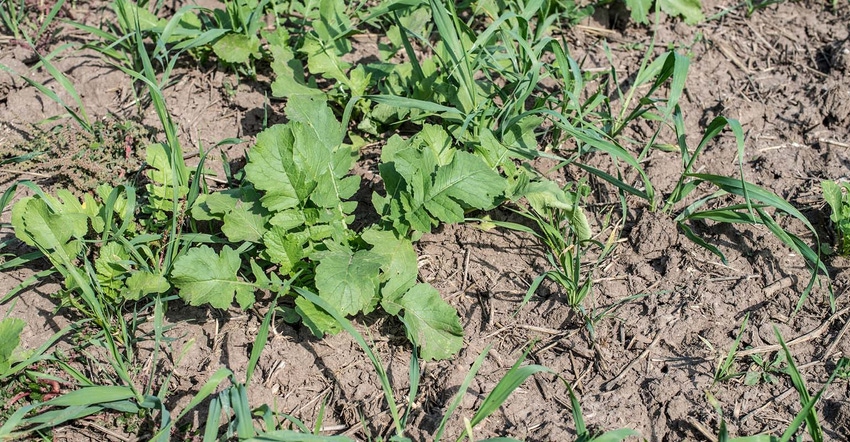May 29, 2018

The initial methods cooperating scientists will use to assess soil health indicators has been released.
According to Dr. Steven Shafer, Chief Scientific Officer of SHI, the lack of widely-applicable measurements and methods for assessing soil health are significant barriers to adopting soil health practices and systems.
“Something you often hear scientists and managers say is, ‘You cannot manage what you cannot measure.’ In soil health, knowing how to measure is as important as what to measure. If we are to determine where our soils can be considered healthy or unhealthy, or whether they are getting better or worse, we have to decide which properties we should measure and how to do that with the greatest accuracy. We will be testing soil health indicators using methods recommended by some of the best experts in the country in places where we have detailed records on agricultural production, land management practices, and environmental conditions,” Shafer explained. “And that will tell us whether the indicators will provide the scientific support necessary for farmers, natural resource managers, agribusinesses, policy makers, and others who want to use soil health-promoting practices to make soil health the cornerstone for managing our soil, water, and air resources.”
To address the need for accurate, reliable and standardized soil health measurements, the Soil Health Institute (SHI), in collaboration with the Soil Health Partnership (SHP) and The Nature Conservancy (TNC), received a $9.4 million grant from the Foundation for Food and Agriculture Research (FFAR) to match a similar amount provided by other donors to advance soil health science and implement soil health management practices.
SHI convened a “blue ribbon panel” of experts from USDA, several universities, and the private sector to develop consensus on how each indicator should be measured.
Individuals and organizations who are engaged in long-term (minimum 10-year) agricultural field experiments in the United States, Canada and Mexico are encouraged to apply to participate in the soil health indicator assessment. Applications are due by May 31, 2018.
By project conclusion in 2020, SHI expects to have the data required for recommending scientifically-sound soil health indicators to help farmers, scientists, agricultural policy makers, and others answer the fundamental question: Just how healthy are our soils?
The concept of soil health is gaining widespread attention because it promotes agricultural practices that are not only good for the farmer and rancher, but also good for the environment.
An abundance of research shows that improving soil health:
boosts crop yield,
enhances water quality,
increases drought resilience,
reduces greenhouse gas emissions,
increases carbon sequestration,
provides pollinator habitat, and
builds disease suppression.
Source: Soil Health Institute
You May Also Like




